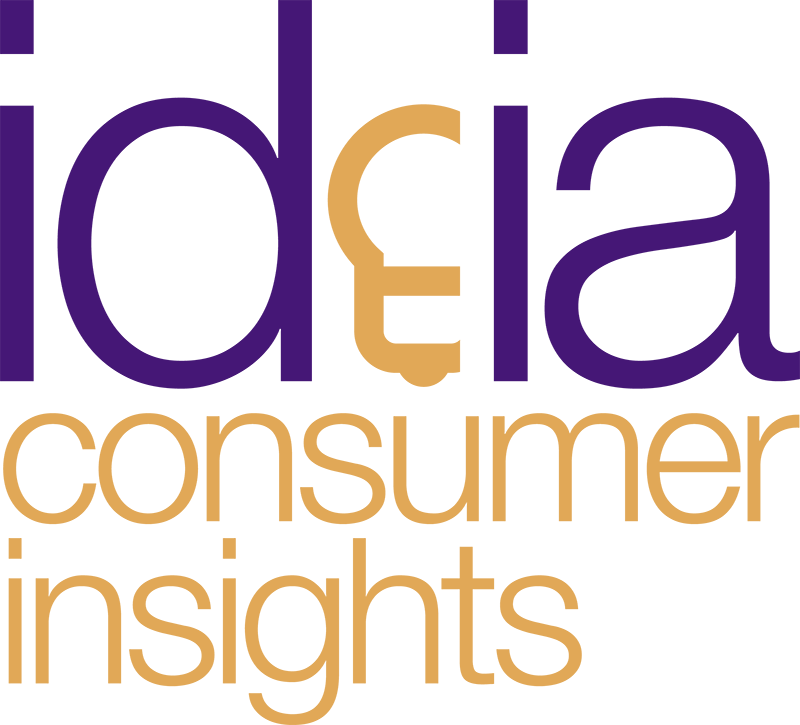The total of both sides (i.e., assets and liabilities) of the balance sheet should be equal. A balance sheet explains the financial position of a company at a specific point in time. As opposed to an income statement which reports financial information over a period of time, a balance sheet is used to determine the health of a company on a specific day.
In both cases, the external party wants to assess the financial health of a company, the creditworthiness of the business, and whether the company will be able to repay its short-term debts. This financial statement lists everything a company owns and all of its debt. A company will be able to quickly assess whether it has borrowed too much money, whether the assets it owns are not liquid enough, or whether it has enough cash on hand to meet current demands. The balance sheet is a very important financial statement for many reasons. It can be looked at on its own and in conjunction with other statements like the income statement and cash flow statement to get a full picture of a company’s health.
Accurate balance sheet projections enable strategic and data-driven decision-making, helping your business grow in the long run. Still, many think financial stability means tracking cash flow or monitoring profits, which is wrong. Access a variety of free financial planning templates to streamline budgeting, goal setting, and long-term money management. Improve inventory control with this collection of free food inventory templates, designed for restaurants, catering businesses, and food service operations. Discover how Sage consolidation accounting software can streamline your processes and provide clearer financial insights from complex data. This serves as a central hub for recording and adjusting financial information, ensuring proper organization before finalizing the consolidated statement.
When in doubt, please consult your lawyer tax, or compliance professional for counsel. Sage makes no representations or warranties of any kind, express or implied, about the completeness or accuracy of this article and related content. When you leave a comment on this article, please note that if approved, it will be publicly available and visible at the bottom of the article on this blog.
Business type
The balance sheet is sometimes referred to as the ‘Statement of Financial Position’. If the revenues earned are a main activity of the business, they are considered to be operating revenues. If the revenues come from a secondary activity, they are considered to be nonoperating revenues. For example, interest earned by a manufacturer on its investments is a nonoperating revenue. Interest earned by a bank is considered to be part of operating revenues.
- Apple’s total liabilities increased, total equity decreased, and the combination of the two reconcile to the company’s total assets.
- The inventory of a manufacturer should report the cost of its raw materials, work-in-process, and finished goods.
- This account contains the cost of the direct material, direct labor, and factory overhead in the products so far.
- The additional column allows the reader to see how the most recent amounts have changed from an earlier date.
- You can think of it like a snapshot of what the business looked like on that day in time.
- This allows you to focus on higher-value tasks instead of repetitive formatting.
Asset Section
This financial statement reports the amounts of assets, liabilities, and net assets as of a specified date. This financial statement is similar to the balance sheet issued by a company. Otherwise, you’ll have inaccurate financial statements and distorted financial ratios.
Download the Free Balance Sheet Template (Excel & Google Sheets)
This makes it easier to see the financial performance of a business as multiple years are on one page. Insurance Expense, Wages Expense, Advertising Expense, Interest Expense are expenses matched with the period of time in the heading of the income statement. Under the accrual basis of accounting, the matching is NOT based on the date that the expenses are paid. The final liability appearing on a company’s balance sheet is commitments and contingencies along with a reference to the notes to the financial statements.
Timesheet & Payroll
For more information on how Sage uses and looks after your personal data and the data protection rights you have, please read our Privacy Policy. For example, if ABC Corporation loaned $500,000 to ABC Manufacturing, this amount appears as both an asset for the parent company and a liability for the subsidiary. Since ABC Corporation holds a controlling financial interest in both subsidiaries, their financial data must be included in the consolidation process. Compile financial data from your parent company and all subsidiaries into a worksheet. Common troubleshooting areas include data entry errors, missing accruals, or misclassified accounts. Whether you’re building one for internal financial management or external reporting, getting the details right is critical.
Forecasting your balance sheet helps you see if trouble’s coming, allowing you to respond immediately. It lets you stay ahead, make smarter decisions, and avoid financial surprises. This article explains how to forecast a balance sheet with precision as well as solutions to common challenges in balance sheet forecasting. One such way to achieve financial stability involves your balance sheet and forecasting. Build a solid financial foundation for your new venture using this collection of free startup business budget templates, tailored for planning costs and funding sources. This portion must be reported as a non-controlling interest in the shareholders’ equity section to ensure transparency and accuracy.
The terms which indicate when payment is due for sales made on account (or credit). This means the amount is due in 30 days; however, if the amount is paid in 10 days a discount of 2% will be permitted. The average time it takes for a retailer’s or what are accrued expenses and when are they recorded manufacturer’s inventory to turn to cash.
This will help you avoid short-term cash flow issues and long-term financial strain. A balance sheet forecast needs to be reviewed regularly to stay relevant. Otherwise, it can lead to cash flow gaps, budgeting mistakes, and missed opportunities. In short, a forecasted balance sheet provides a view of your financial future, enabling you to make confident decisions. Explore essential profit and loss tracking with these free small business profit and loss templates designed for accurate financial reporting.
- Marketable securities include investments in common stock, preferred stock, corporate bonds, or government bonds that can be readily sold on a stock or bond exchange.
- The operating cycle for a distributor of goods is the average time it takes for the distributor’s cash to return to its checking account after purchasing goods for sale.
- Now that the balance sheet is prepared and the beginning and ending cash balances are calculated, the statement of cash flows can be prepared.
- A well-organized balance sheet makes it easier for clients to understand their financial position.
- It indicates the proportion of the company’s assets provided by creditors versus owners.
- This step is crucial for producing accurate consolidated financial statements for the balance sheet, to prevent double counting, and make an accurate representation of external transactions.
- The more frequently you reconcile, the more accurate your balance sheets will be.
Use Accounting or General Ledger Software
In exchange for the preferential treatment of dividends, preferred shareholders usually will not share in the corporation’s increasing earnings and instead receive only their fixed dividend. (Some corporations have preferred stock in addition to their common stock.) Shares of common stock provide evidence of ownership in a corporation. Holders of common stock elect the corporation’s directors and share in the distribution of profits of the company via dividends. If the corporation were to liquidate, the secured lenders would be paid first, followed by unsecured lenders, preferred stockholders (if any), and lastly the common stockholders. Generally a long term liability daily sales outstanding account containing the face amount, par amount, or maturity amount of the bonds issued by a company that are outstanding as of the balance sheet date. This would include long term assets such as buildings and equipment used by a company.
Free Restaurant Financial Templates
The line buildings and improvements reports the cost of the buildings and improvements but not the cost of the land on which they were constructed. For financial statement purposes, the cost of buildings and improvements will be depreciated over their useful lives. Some common examples of general ledger asset accounts include Cash, Accounts Receivable, Inventory, Prepaid Expenses, Buildings, Equipment, Vehicles, and perhaps 50 additional accounts. Financial statements issued between the end-of-the-year financial statements are referred to as interim financial statements. Accounting years which end on dates other than December 31 are known as fiscal years.
These accounts vary widely by industry, and the same terms can have different implications depending on the nature of the business. Companies might choose to use a form of balance sheet known as the common size, which shows percentages along with the numerical values. As noted above, you can find information about assets, liabilities, and shareholder equity on a company’s balance sheet.
This account may or may not be lumped together with the above account, Current Debt. While they may seem similar, the current portion of long-term debt is specifically the portion due within this year of a piece of debt that has a maturity of more than one year. For example, if a company takes on a bank loan to be paid off in 5-years, this account will include the portion of that loan due in the next year. Includes non-AP obligations that are due within one year’s time or within bank draft definition one operating cycle for the company (whichever is longest). Notes payable may also have a long-term version, which includes notes with a maturity of more than one year. Always factor in significant investments, like equipment purchases, to your forecast.
The Balance Sheet is the statement showing the business’s financial position at a given time. Instead of manually tracking assets, liabilities, and equity, you can use general ledger tools like QuickBooks, Xero or Sage to update financial records in real-time. These platforms automatically categorize transactions, reconcile bank statements, and generate balance sheets with minimal effort. They also reduce the risk of human error, ensuring that financial reports remain accurate and compliant. The financial position of a firm is shown by its assets and liabilities on the given date.
A short-term loan payable is an obligation usually in the form of a formal written promise to pay the principal amount within one year of the balance sheet date. Short-term loans payable could appear as notes payable or short-term debt. Inventory is likely the largest current asset on a retailer’s or manufacturer’s balance sheet. The reported amount on the retailer’s balance sheet is the cost of merchandise that was purchased, but not yet sold to customers.
Betty Wainstock
Sócia-diretora da Ideia Consumer Insights. Pós-doutorado em Comunicação e Cultura pela UFRJ, PHD em Psicologia pela PUC. Temas: Tecnologias, Comunicação e Subjetividade. Graduada em Psicologia pela UFRJ. Especializada em Planejamento de Estudos de Mercado e Geração de Insights de Comunicação.

